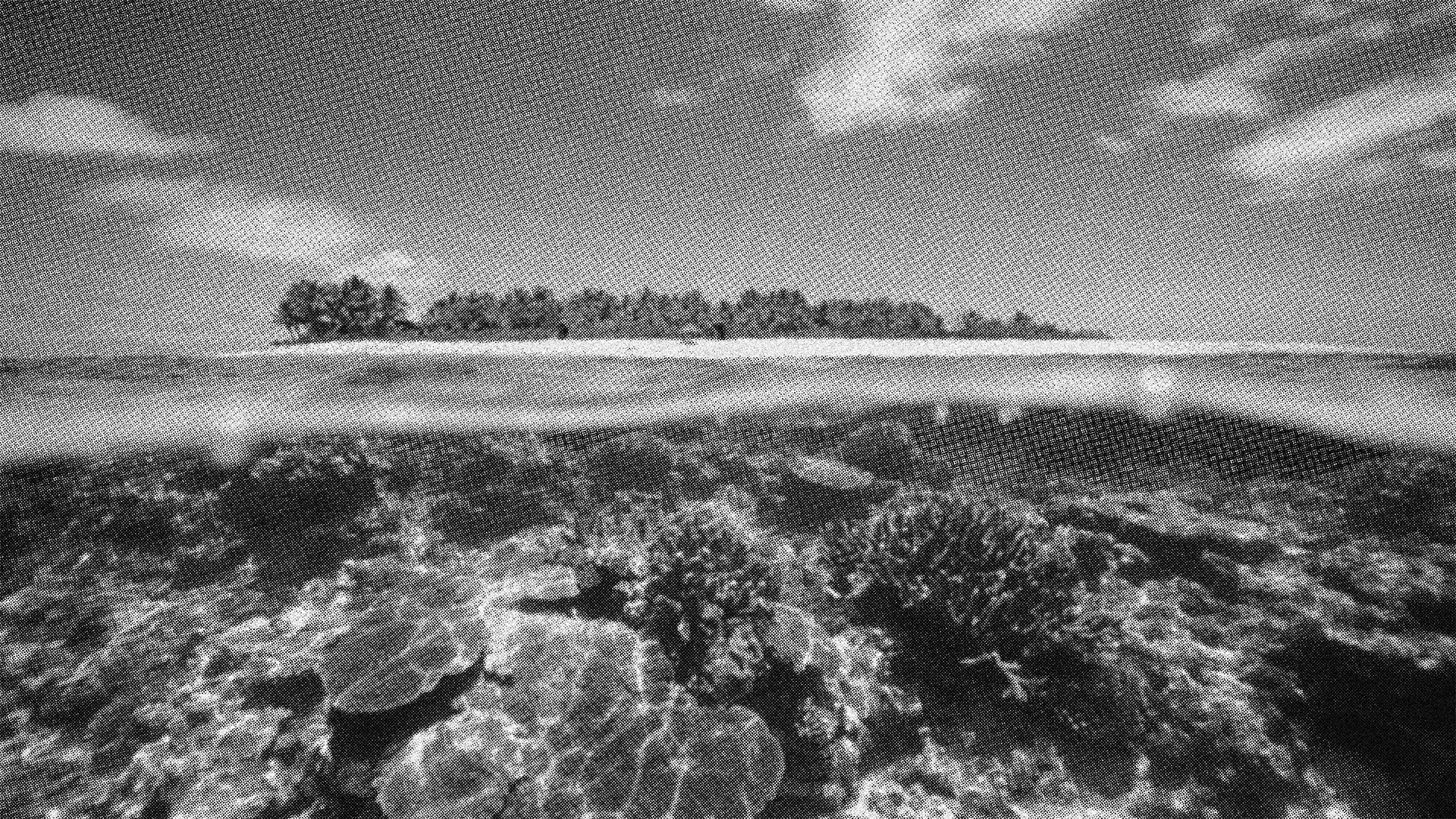Climate change and biodiversity
Climate change and biodiversity loss are two of the most important challenges we face, and these interconnect in many ways.
Even though life on Earth has always been evolving in a changing climate, the relative stability over recent millennia has provided favourable conditions for both wildlife and human civilisations. Many plants and animals have adapted to specific temperatures or water availability. But with those now changing due to rapid warming, many species will not be able to adapt in time. Some species, especially those in polar and mountain regions, have nowhere to escape the rising temperatures and so face extinction. Moreover, altered climate signals like the early onset of spring interfere with seasonal activities, such as blooming or mating, with these disruptions having knock-on effects in the food chain and ecosystems.
Wildfires, heat waves and other extreme weather events devastate entire ecosystems, both on land and in the ocean. Recovering from these one-off events, which are growing in intensity and frequency, is also more and more difficult. The stress induced by climate change, both acute and chronic, only further exacerbates other risks – for example, from cutting down forests, or air, water and soil pollution, excessive hunting and fishing, or the spread of invasive species, and so on.
Additionally, nature has always been crucial in relieving the pressure caused by humans on the global climate. More than half of all CO2 emissions from our activity is captured by plants through photosynthesis and temporarily stored in living and dead biomass, or dissolved in the ocean. Living organisms also affect the physical parameters of the climate system, such as land surface reflectivity and the formation of clouds and dust in the atmosphere.
Healthy and diverse ecosystems therefore can help humans survive climate impacts such as extreme weather – for instance, intact forests retain rainwater and reduce damage from flooding, whereas coastal wetlands prevent erosion and flooding from sea-level rise. Ecosystems can also help us adapt to the changing climate, supporting livelihoods and creating sustainable food and energy solutions for local communities.
Important though it is, protecting biodiversity from climate change is not just about preserving beautiful living things for their own sake. Coral reefs, threatened by more frequent marine heat waves, support lots of fishing livelihoods. Forests hold economic and cultural value for countless local communities. Furthermore, as ongoing warming and environmental degradation erode the carbon-storing capacity of natural ecosystems, there is a significant and increasing risk of feedback loops, making an already bad situation worse.
The IPCC and IPBES (the Intergovernmental Platform on Biodiversity and Ecosystem Services), have concluded that biodiversity loss and climate change are inseparable threats to humanity that must be addressed together. If we fail to do so, we risk irreversible losses and damages. But, on the other hand, success will mean additional benefits for our health and quality of life.
What does projected warming mean for biodiversity?
The 2022 IPCC Working Group II report on impacts and adaptation goes into great detail on what would happen to plants, animals and whole ecosystems in different scenarios of warming. For example, marine and coastal ecosystems, such as kelp forests or seagrass meadows, will be irreversibly damaged or destroyed if temperature rise exceeds the 1.5°C threshold. Coral reefs alone face a decline of 70-90% at this level of warming, while at 2°C the decline is projected to reach 99%. Conservation efforts for most coral reefs will have little success past 1.5°C of warming. Beyond average temperature increase, ocean and coastal ecosystems are also threatened by marine heat waves, which are projected to become 20 times more frequent even if warming is limited to 2°C.

Dhana Kencana / Climate Visuals
The combination of various stresses from climate change and other environmental pressures will likely drive extinctions of plant and animal species at least 1,000 times faster than the natural rate, both on land and in the ocean. But this is not yet locked in, as cutting greenhouse gas emissions and changing our climate trajectory will greatly reduce the extinction rate.
Beyond the extinction of individual species, climate change can and will trigger fundamental and irreversible changes in ecosystems. This will, in turn, affect local weather and accelerate climate change. We are already observing biome shifts, for example, from rainforest to savanna. These shifts are projected to happen on less than 15% of land if temperature rise is less than 2°C, but if we miss this target and temperature rise is closer to 4°C, these shifts will happen on more than a third of the Earth’s land surface. Environmental changes of this magnitude will have profound knock-on effects for human livelihoods and well-being, as well as on biodiversity.
What do various solutions mean for biodiversity?
The IPCC report concludes that, as global average temperature rises, conservation measures alone will not be able to prevent irreversible losses, either on land or in the ocean. This is especially the case with rises above 2°C. The restoration of native vegetation, for instance, can improve local resilience to extreme events such as heat waves and flooding, and boost carbon storage, but this is not an alternative to climate action. To protect the Earth and the biodiversity we depend on, we need both to protect ecosystems, giving them a chance to adapt to new conditions, and alleviate further threats from climate change. We can do this by reducing greenhouse gas emissions.
Some of the solutions available for changing our energy and food systems to reduce emissions come with their own biodiversity concerns, however. Bioenergy with carbon capture and storage (BECCS), for example – in which biofuel monocultures are planted for fuel and the carbon produced through burning it is captured, stored and prevented from reaching the atmosphere – is a much-discussed alternative to using fossil fuels. But BECCS will require large areas of land, conflicting with nature protection, as well as potentially interfering in natural ecosystems. Similarly, planting trees for carbon capture is not a silver bullet for climate change – it is instead a tool that requires careful consideration of the risks involved and the proper governance to ensure it is both based on scientific evidence and inclusive of the local communities affected by its use.
What are we doing to solve the biodiversity crisis?
In addition to biodiversity risks being discussed within the scope of climate change, there is a separate track of international work on this challenge. The Convention on Biological Diversity (CBD), which came into force in late 1993, aims to protect biological diversity and to use its components sustainably, in a fair and equitable way. The latest conference of parties to the Convention (CBD COP15), held in Canada at the end of 2022, ended with a landmark pact to halt and reverse nature loss by 2030. This pact included a suite of measures to hold governments to account on their commitments.

Ashden / Ashden
In 2012, to assess and summarise scientific evidence on this issue, governments also established IPBES, an international biodiversity research and policy body. Now counting almost 140 member states, IPBES assesses the state of biodiversity and nature’s contributions to humans in various thematic reports, written and edited by hundreds of volunteer scientists across the world. The two latest reports in the summer of 2022 covered the sustainable use of wild species and the different ways in which people value nature. These IPBES reports concluded that, for example, many of the wild species people depend on for food, energy or income are already in decline, with climate change likely to make this decline even worse. However, it also indicated that addressing these problems through the use of more sustainable practices will go towards alleviating climate impacts.
Useful resources
- Sir David Attenborough talks about why biodiversity is important in a 5-minute video from the Royal Society.
- An explainer from Carbon Brief on whether climate change and biodiversity loss can be tackled together.
